Saint of the Day – 10 August – St Lawrence (Died 258) Martyr “Keeper of the Treasures of he Church.”
St Lawrence, Martyr
By Fr Francis Xavier Weninger SJ (1805-1888)
The many and high encomiums [praises] which were paid to St Lawrence by the most ancient and illustrious of the holy Fathers of the Church, St Augustine, St Ambrose, St Leo I, St Maximus and St Peter Chrysologus, are the surest sign that this Saint has always been considered one of the most famous Martyrs, who gave their blood for Christ.
He was born of Christian parents, in the middle of the Third Century, at Osca, a City in Aragon. His father’s name was Orentius, his mother’s, Patientia, both are honoured as Saints. Such parents gave a holy education to their son. He early evinced, on all occasions, an especial love for God, a fearless constancy in the true faith and a watchful care over the preservation of his purity. While yet young in years, he went to Rome and won, by his blameless life, the highest regard of all who came in contact with him. Pope Xystus or Sixtus Ordained him Deacon. His functions were to serve the Pope at the Altar, to take charge of the treasures of the church and to distribute the revenues which were destined for the maintenance of the sextons and the poor.
A terrible persecution of the Christians took place at the period of which we speak. Pope Sixtus was seized and thrown into the Mamertine prison. Lawrence seeing him, from a distance, dragged along, ran towards him and bitterly weeping, said: “Father, where are you going without your son? Holy Pontiff, where are you hastening without your deacon? You have never been wont to offer the Holy Sacrifice without me, your servant. In what have I displeased you, O my Father? Have you found me unworthy of you and of your sacred service? Prove me now and see if you have chosen a fit servant in trusting me with the dispensing of the Blood of Christ!” This and more said the Saint, desiring to suffer with St Sixtus for the Lord’s sake. The holy Pope replied: “I do not leave you, my son but you will have to suffer a great trial. We being old, have not much to endure but you, strong in your youth, must gain a more glorious victory over the tyrant. Do not weep. In three days, you will follow me. Go now and take care of the Treasures of the Church that are in your keeping.”
Lawrence, comforted by the prophecy of the holy Pope, went immediately and secured the sacred vessels of the Altar and the vestments of the Priests, distributed among the poor the money which had been collected for them, visited the Christians assembled in different houses and subterranean vaults, exhorted all to constancy and employed the whole night in deeds of charity and humility. The following day, when the Pope was being led away to execution, the holy Levite approached him again, saying: “Holy Father, do not leave me; for, the treasures which you committed to my care, are all distributed.” The Pope comforted the Saint as he had done the day before and was led away and ended his life by the sword.
Meanwhile, some of the soldiers, having heard Lawrence speak of treasures, informed the Emperor Valerian of the fact, and that tyrant, as avaricious as he was cruel, had Lawrenc apprehended and gave him, in charge of Hippolytus, an officer, who placed him in a prison where several malefactors were kept. One of these, Lucilius, had wept so much during his imprisonment, that he had become blind. St Lawrence, pitying him, advised him to embrace the Christian faith and be baptised, as by that, his sight would be restored. Lucilius followed his advice and soon after Baptism, his sight returned. Hippolytus, touched by the grace of God at this miracle, was converted with his whole household. The next day, the Emperor commanded that Lawrence should be brought to him.
The valiant Confessor of Christ rejoiced at this message and said to Hippolytus: “Let us go, for two glorious crowns are prepared for you and me.” The Emperor asked him who he was, whence he came and where he had concealed the Treasures of the Church. The first and second questions Lawrence fearlessly answered, saying: “I am a Christian, born in Spain.” To the third, he made answer, that if the Emperor would allow him a little time, he would gather the Treasures and show them to him. Delighted at this, the Emperor willingly granted him the desired time but ordered Hippolytus, not to leave his side for a moment, lest he should escape.
The Saint assembled all the poor he could find and leading them to the tyrant, said: “Behold, these are the Treasures of our Church.” The Emperor, regarding this as an insult, was greatly enraged and swore by the gods to be revenged. He gave Lawrence over to the prefect with the command to torture him in the most painful manner, if he refused to worship the idols.
The prefect, who was as cruel as the Emperor himself, ordered his brutes to tear off the Saint’s clothes and to lash him, like a vile slave, till his whole body was a mass of blood and wounds. After this, he displayed a great many instruments of torture, with the menace that they would be used upon him, if he longer refused to worship the gods. Lawrence looked unconcernedly upon them and said: “They cannot frighten me. I have long desired to suffer for the sake of Christ. Your idols are not worthy to be worshipped, they are no gods and I will never sacrifice to them.”
Hardly had these words passed his lips, when the holy man was stretched upon the rack, then raised high in the air and his whole body whipped with scourges on the ends of which were fastened iron stars or spurs. After this, they applied lighted torches to his mangled body. The Martyr’s constancy could not be shaken. Turning his eyes heavenward, he only asked for strength to endure.
… Early on the next day, the prefect ordered the executioners to make an iron bed in the form of a gridiron, put live coals under it, stretch and bind the Saint upon it and slowly roast him. The command was fulfilled to the great horror of all present. The Saint, however, lay as quietly on the red hot gridiron as if it had been a bed of roses, only saying at intervals: “Receive, O Lord, this burnt-offering as an agreeable fragrance.” His countenance beamed with heavenly joy and the Christians, who were present, said that a divine light had surrounded him and his body exuded a sweet fragrance.
After having been burned thus a long time, he turned his eyes towards the prefect and said: “I am sufficiently roasted on one side, turn me over and eat my flesh.” How the tyrant received these words can easily be imagined. The Saint, however, continued to be cheerful and filled with divine consolation. He praised God and thanked Him for the grace vouchsafed him to die for his faith.
At last, with his eyes raised to Heaven, he gave his heroic soul into the hands of his Redeemer, on the 10th of August, 258. Many of the heathens, who were present, were converted by this glorious Martyrdom to the Faith of Christ.















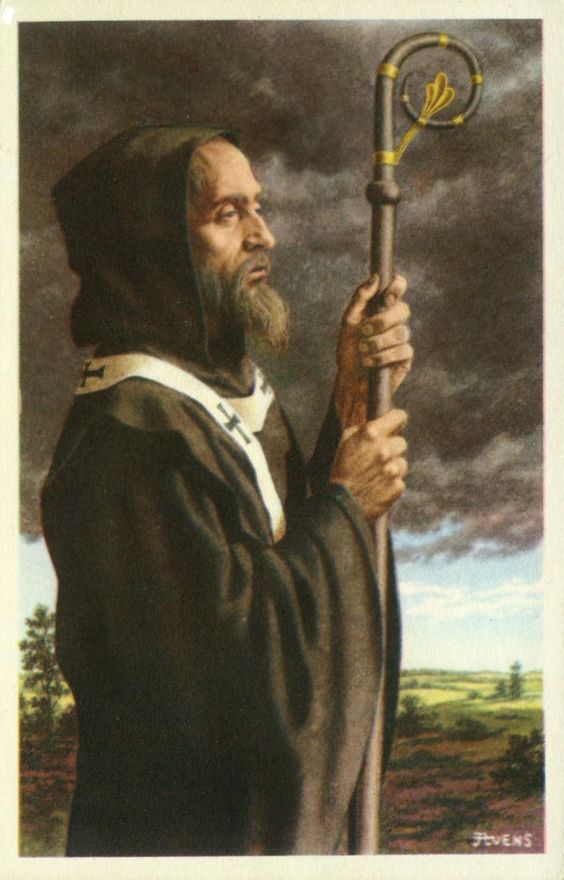
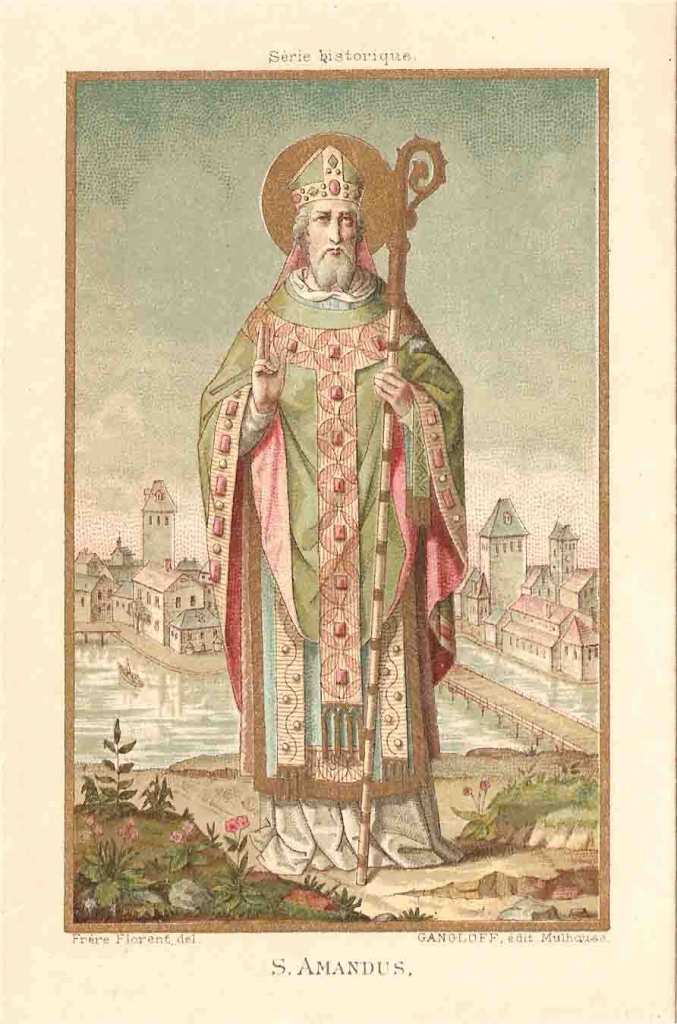

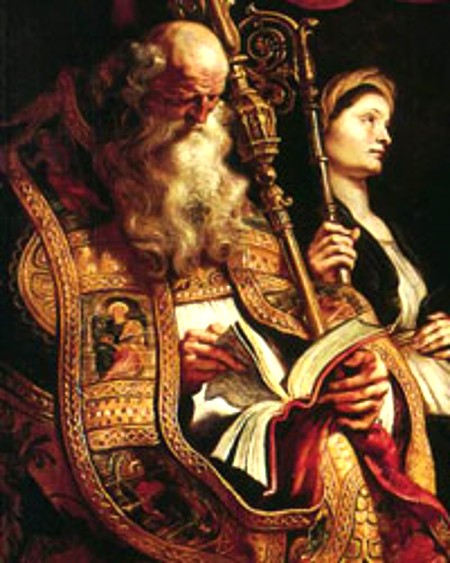











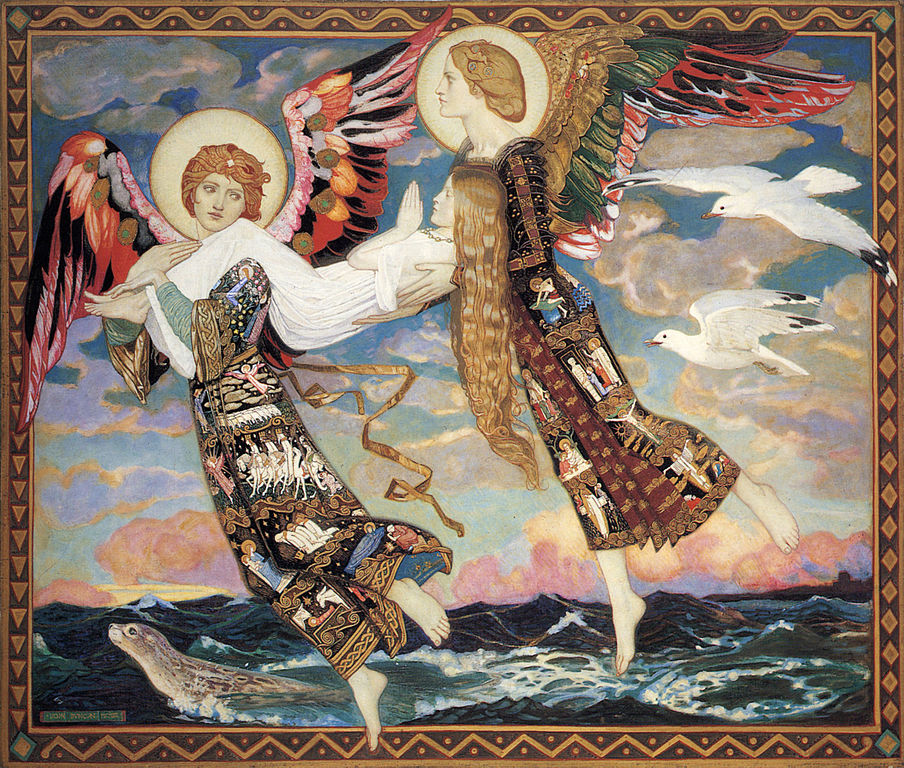











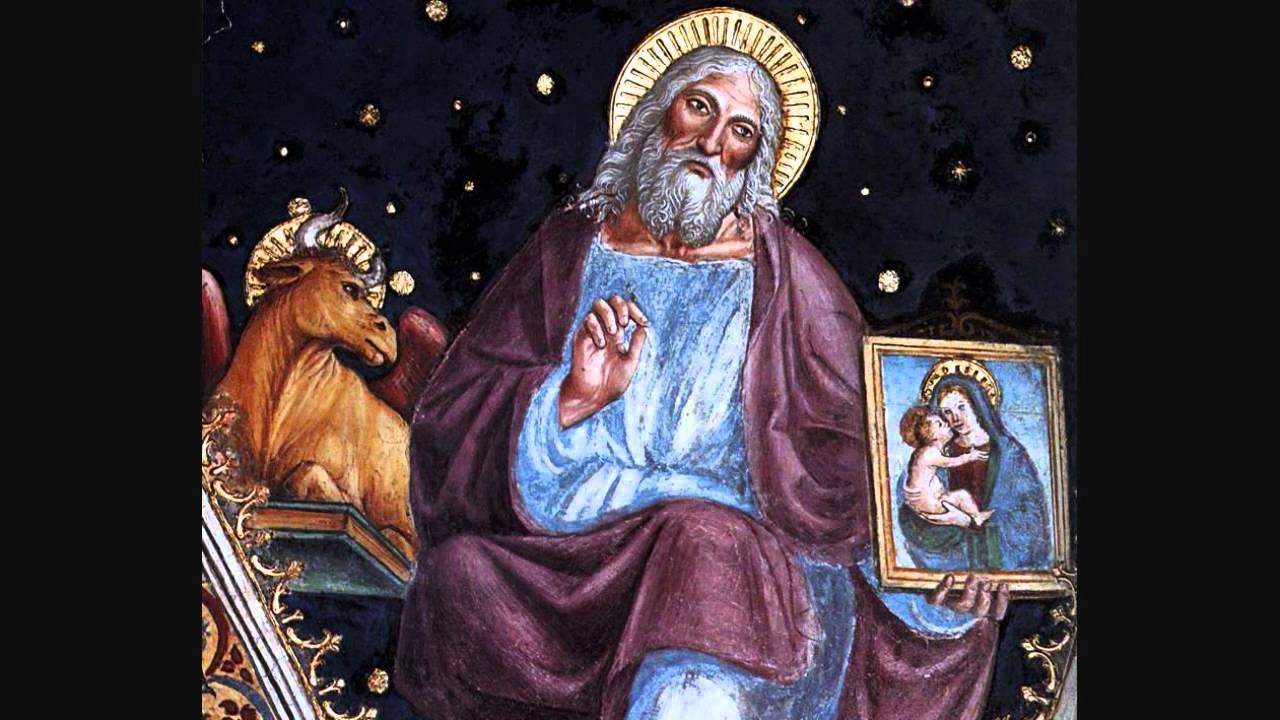







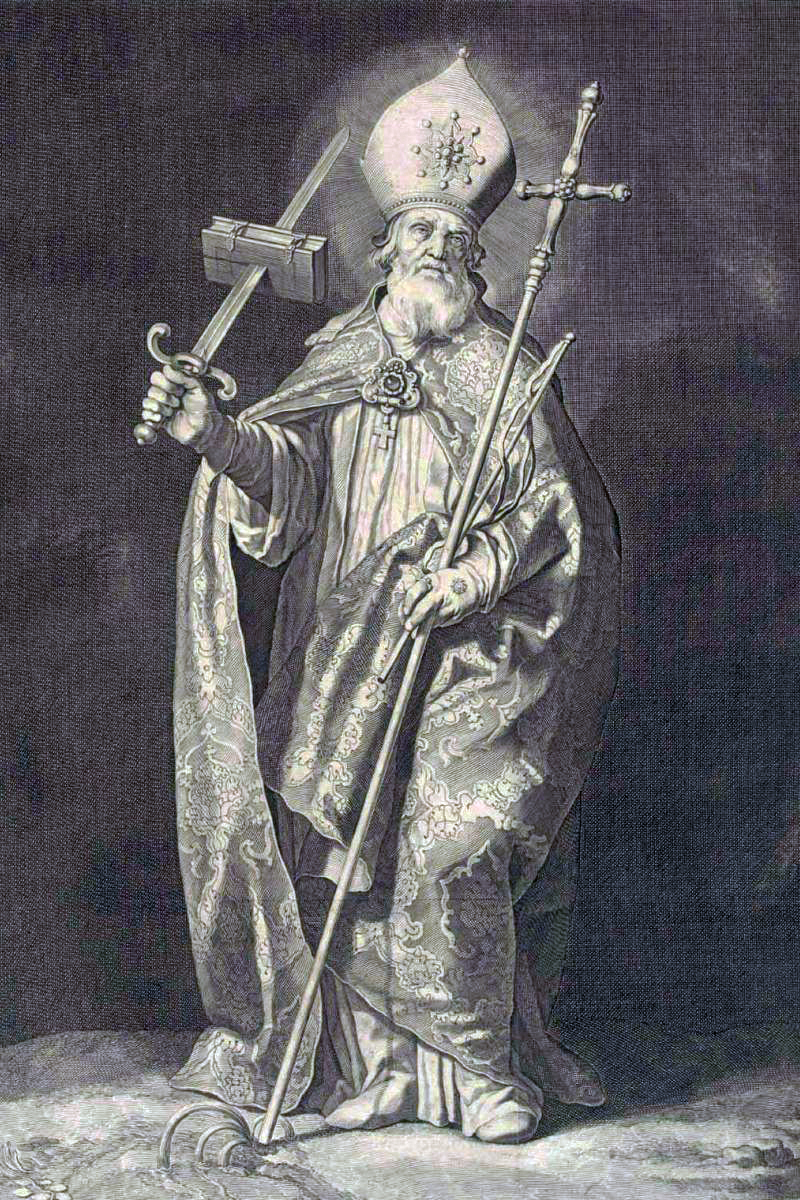










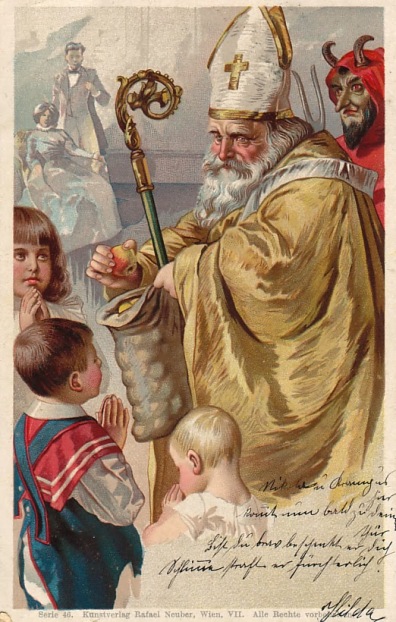




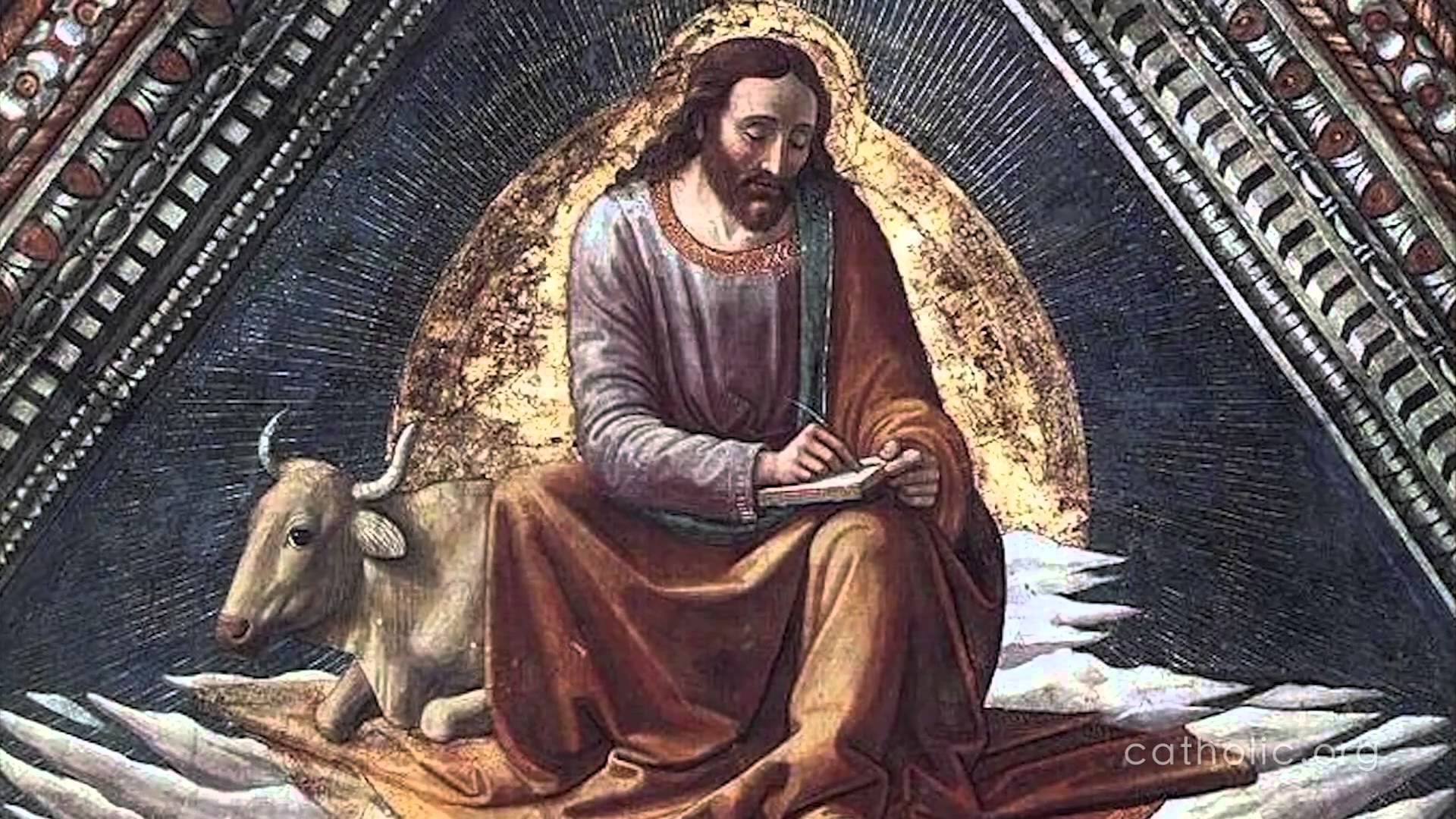

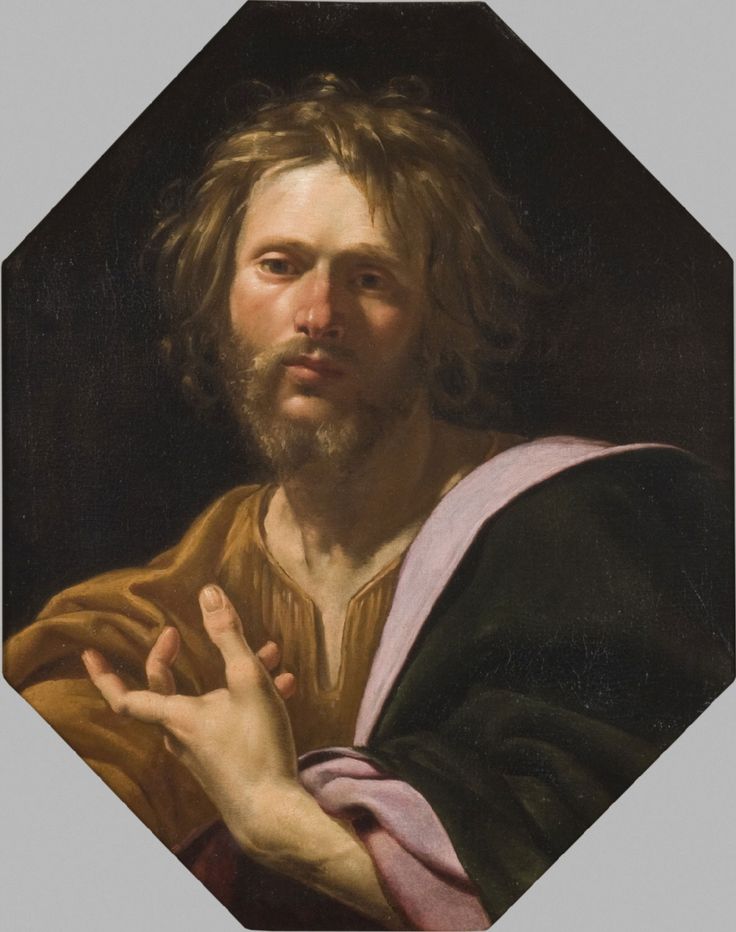










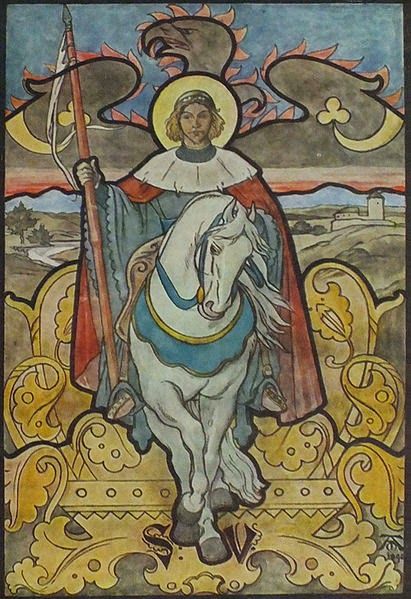







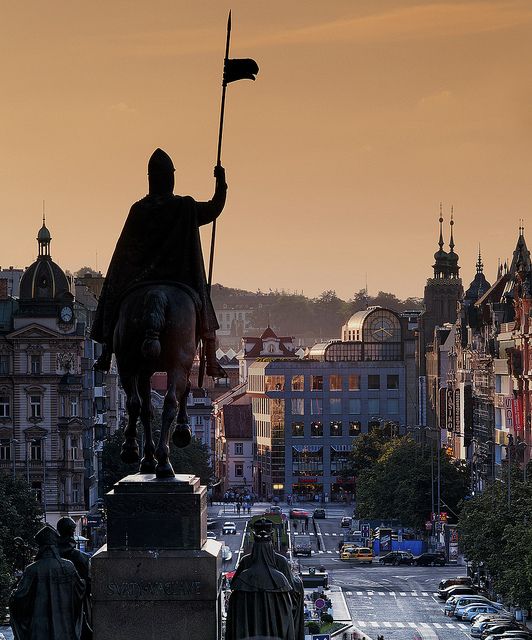














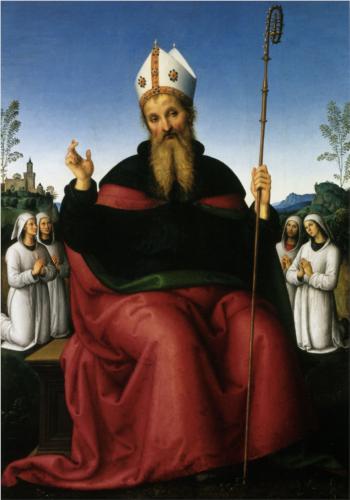
















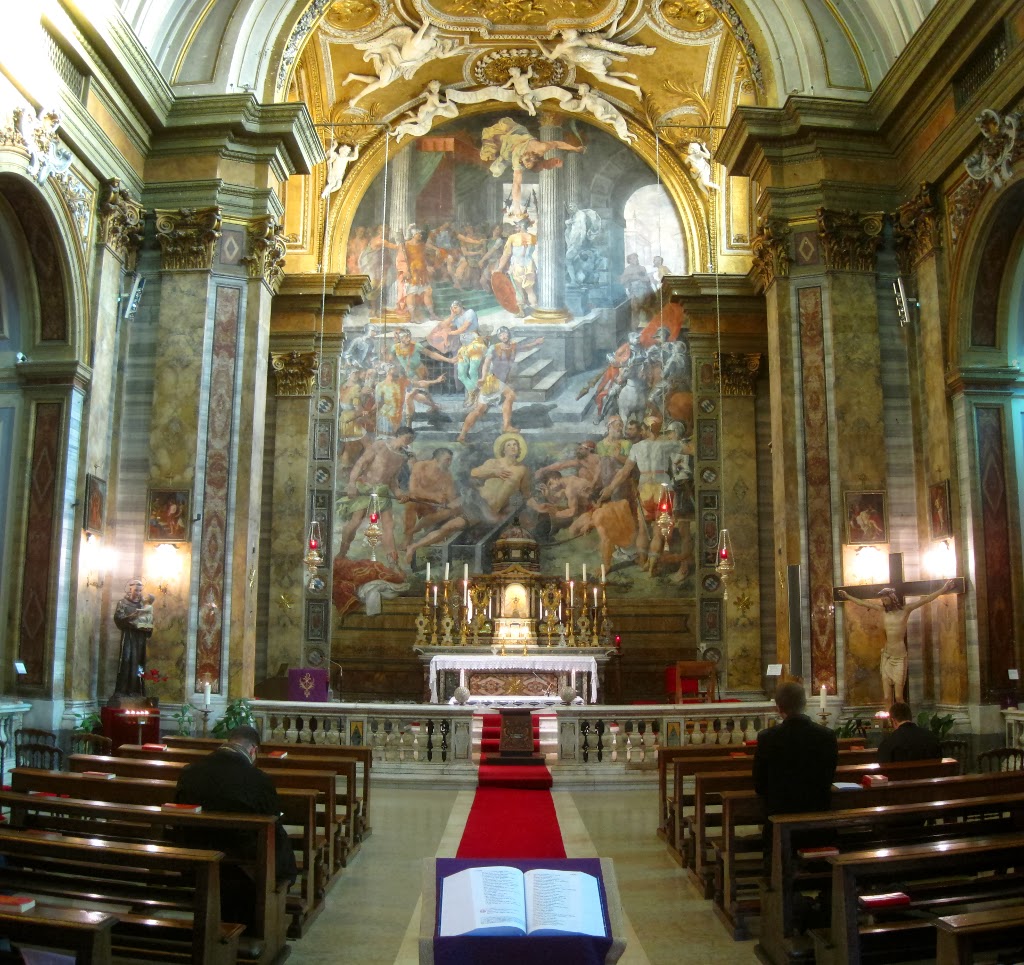






You must be logged in to post a comment.